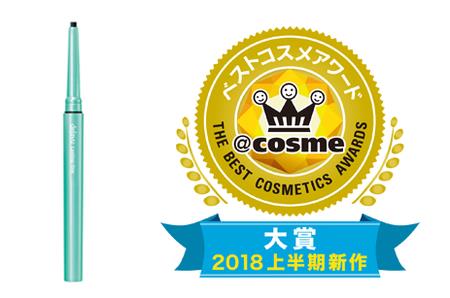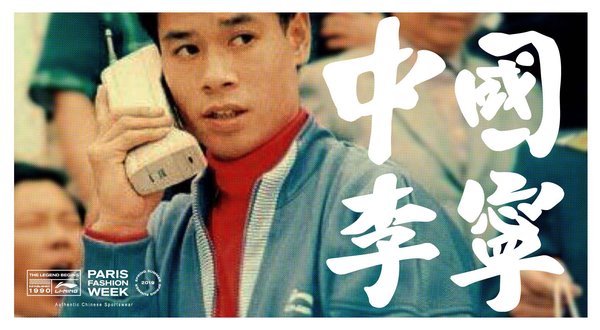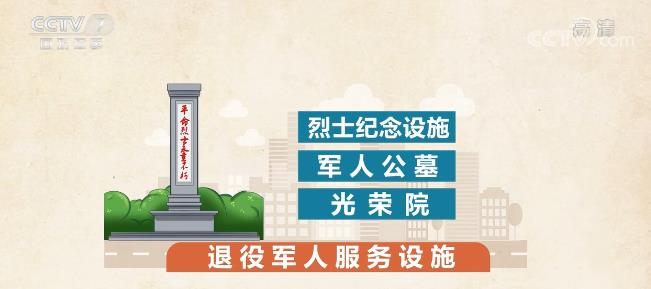China-US Economic Report: The US trade deficit with China in 2017 was $375 billion | PRNewswire headlines

Thursday, June 14th, 2018
Cathay Pacific Bank and UCLA Anderson Forecasting Center released the US-China economic report.

Cathay Pacific Bank published its first US-China Economic Report today. This 2018 annual economic report focuses on the complementary and competitive trade policy between the United States and China. The report includes economic information related to trade tensions and trade imbalances, as well as views on economic growth and joint ventures and technology transfer derived from it. According to the data in the report, the largest trading partner of the United States in 2017 was China, with a total transaction volume of 636 billion US dollars, of which imports accounted for 506 billion US dollars and exports accounted for 130 billion US dollars. Compared with other countries, the imbalance of commodity trade between the United States and China is obviously relatively large. The total merchandise trade deficit of the United States in 2017 was $796 billion, of which the trade deficit with China was $375 billion, accounting for 47% of the total trade deficit. (For the full report, please refer to the original press release) (PR Newswire, Los Angeles, June 14, 2018)
Source: Cathay Pacific Bank
@cosme THE BEST COSMETICS AWARDS New Beauty Awards in the First Half of the Year

On June 14th, Istyle Co., Ltd., headquartered in Tokyo, which operates @cosme, the largest beauty information and comment website in Asia, announced the winners of @ cosmetheBest Cosmetics Awards in the first half of 2018. The list is based on the evaluation of members, and only the new beauty products from the first half of 2017/11/01 to April 30, 2018 are selected as the selection objects, and the most popular products are awarded, that is, the "@cosme THE BEST COSMETICS AWARDS" for newcomers in the first half of the year. Dejavu) Lasting-fine rotary eyeliner pen won this grand prize. (PRNewswire, Tokyo, June 14, 2018)
Source: istyle Inc
CES Asia 2018 announces the winners of the Start-up Award.
On June 13, the winners of CES Asia 2018 official award-Asia Consumer Electronics Show Start-up Award were officially announced. This is the third consecutive year that the Consumer Electronics Show Asia has set up a "start-up enterprise exhibition area". Compared with 2017, the number of start-ups participating in this year has increased by 33%, from Chinese mainland, Australia, Canada, Finland, France, Netherlands, Hong Kong, Italy, Japan, Northern Europe, Poland, Switzerland and Taiwan, China and other countries and regions, involving artificial intelligence, blockchain, Internet of Things, new retail, sharing economy and so on. Winner list:
- Best startup company — Roadstar.ai;;
- Best artificial intelligence startups — Roadstar.ai, Baizhilong Wisdom Technology;
- Best audio and video startup-Embracelab Inc.;, Yingba Acoustics Technology;
- Best robot startup-You Can Robotics (Shanghai) Co., Ltd.;
- Best automotive technology start-up company — SoFlow/LOU;;
- Best lifestyle startup-You Can Robotics (Shanghai) Co., Ltd.;
- The best AR/VR startup — DataMesh;;
- The best medical start-up company — Kenzen;;
- The best internet of things startup — SENSORO.
(PRNewswire, Shanghai, June 14, 2018)
Source: Moving Point Technology
Tiger Securities cooperated with NASDAQ to send the data of American securities market to the Chinese online world.
On June 14th, Tiger Securities and NASDAQ announced a strategic cooperation to jointly provide Internet platform with information and data services for accessing the US securities market. According to the agreement, Tiger Securities will become the official strategic partner of Nasdaq market data and distribute its US securities market data to the Chinese online world. At the same time, Tiger Securities will also use its own technological advantages to provide customized technical solutions for accessing data. Through this cooperation, Nasdaq will provide investors with real-time trading data (NLS) of the day (including data from the three major exchanges in the United States: Nasdaq, NYSE and National Exchange) and Global Index Data Service (GIDS) (a data source for global traders, including more than 40,000 index data from more than 750 ETF valuation data). Through GIDS, investors can get the latest real-time data of the most popular trading indexes of Nasdaq, including the Nasdaq 100 Index). (PRNewswire, Beijing, June 14, 2018)
Source: Tiger Securities
On the 30th anniversary of ELLE China’s publication, Yang Mi, NiNi, Gao Yuanyuan, Zhou Dongyu and Elaine Zhong performed "Big Lady" micro-movies.
Elle China’s 30th anniversary series of micro-movies will be launched on June 15th. Each micro-film is starred by an ELLE cover actress. The story starts with "If I were not an actress, I would be …", and each film will interpret a feminist spirit advocated by ELLE. Five short films will be rolled out on the whole network of social network accounts, video apps and third-party channels of ELLE and SuperELLE for one week in a row. Under the entertainment atmosphere full of "small fresh meat", ELLE is unique, setting a precedent for the "big woman" micro-movie, telling women’s stories, talking about women’s voices and showing the style of women in the times. The ELLE microfilm welcomes five "big women": Yang Mi, NiNi, Gao Yuanyuan, Zhou Dongyu and Elaine Zhong. If not an actress, who would she be? Where is it? What kind of life do you live? Two kinds of lives, the same her. The situation of life has changed a lot, but the female spirit advocated by ELLE runs through. People walk into different lives about beauty, love, kindness, courage and freedom, but the truest "belief" in their hearts determines what kind of "hostess" we will become. (PRNewswire, Shanghai, June 14, 2018)
Source: ELLE
"China Li Ning" appeared in Paris to interpret the trend of retro classic sports in the 1990 s
On June 21, 2018, Paris time, Li Ning brand will bring its spring/summer 2019 products to Paris. The new season’s big show will take "China Li Ning" as the theme, take the prosperous legend of Mr. Li Ning’s athlete career as the inspiration, and interpret the trend of retro classic sports in the 1990s from a future perspective, aiming to show the profound accumulation of the brand inherited from the classics, convey the brand-new transformation that China Li Ning adhered to and pay tribute to the infinite possibilities of the future. China Li Ning’s trip to Paris will once again convey the strong voice created by China to the world with its unique oriental imprint, and look forward to the infinite future of classic legends. Everything is possible! (PRNewswire, Beijing, June 14, 2018)
Source: Li Ning
NEXT, the seventh son of Lehua, became Xtep 2018 brand spokesperson.
On June 14th, Xtep officially announced the signing of the popular idol-NEXT, the seventh son of Lehua, composed of THEO, Adam, Justin, Bevan, Ding Zeren, Lee QZ and Huang XinChun, and became the spokesperson of Xtep 2018 new brand. Since "Idol Trainee" detonated the domestic idol market, NEXT, the seventh son of Lehua, has won great attention from rice circles, the media and people in the industry with its unique personality and good strength, and has been invited to appear in well-known fashion and trend magazines such as Bazaar Men’s UNO and YOHO. Inviting NEXT, the seventh son of Lehua, as the brand spokesperson, on the one hand, promoted the youthfulness and fashion of Xtep’s overall brand; on the other hand, while Pick Rice Circle was popular and loved beans, Xtep also got more opportunities to communicate with young people, and spread positive energy to the audience with the example effect of NEXT, the seventh son of Lehua, and conveyed the attitude and culture of brand youth, fashion and sports. (PRNewswire, Xiamen, June 14, 2018)
Source: Xtep
Renault-Nissan-Mitsubishi Alliance saved 5.7 billion euros in 2017.
Renault-Nissan-Mitsubishi Alliance recently announced that the cost savings of the alliance reached 5.7 billion euros in 2017, up 14% year-on-year, and the cost savings in 2016 was 5 billion euros. The alliance hopes to eliminate the duplication of procurement and human resources by transferring more vehicles to the shared production platform, and save 10 billion euros in annual costs by 2022. Founded in 1999, the alliance sold 10.6 million new cars last year. The 2022 goal set by the alliance is to sell 14 million cars worldwide in fiscal year 2022, of which 9 million cars will be based on one of four general platforms. (PRNewswire, June 13, 2018, Paris, Japan and Yokohama)
Source: Renault-Nissan-Mitsubishi Alliance
finish
Review in the past
"Click on the text to read the full text"
■ The world is getting older. Are you ready for aging?
■ [2018 World Cup] 48 hours countdown, have you learned the aid posture?
■ "Waste oil" can also be "washed white"? Don’t go to the table and turn into green fuel.
■ Ant Financial completed a $14 billion Series C financing for Alipay’s global expansion.

























